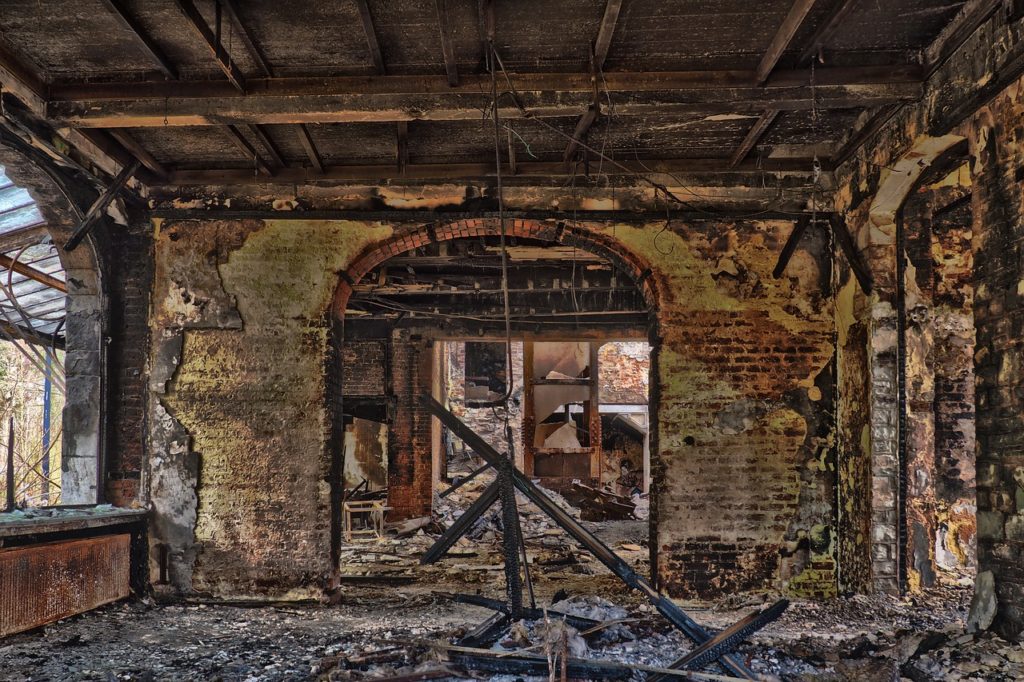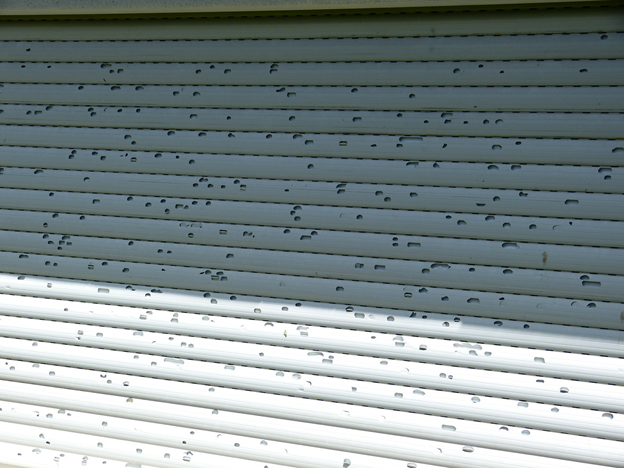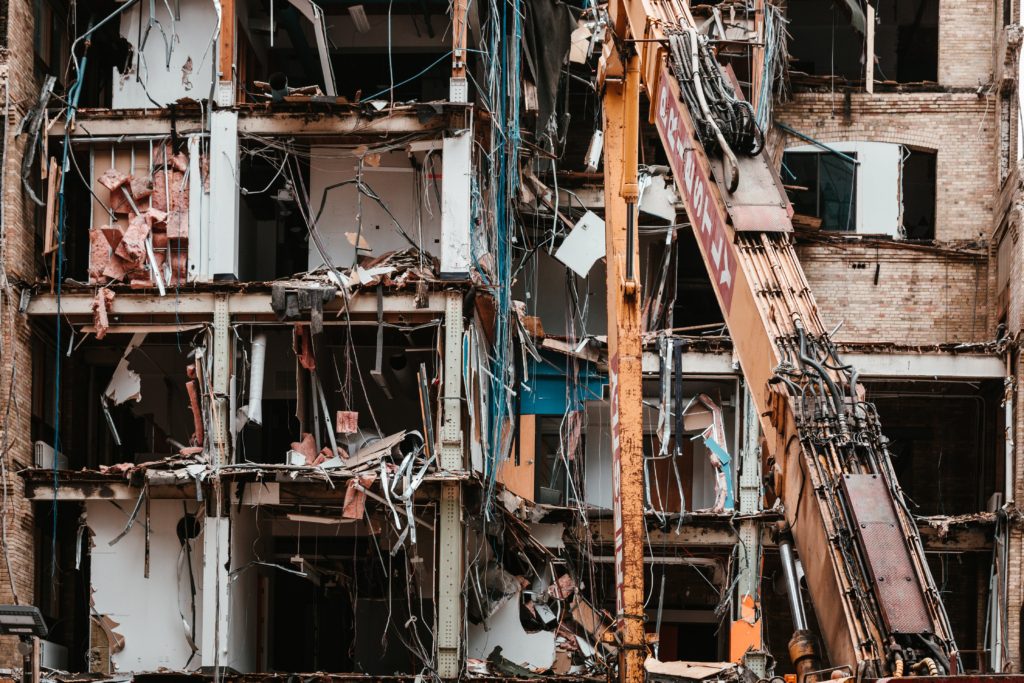Without a doubt, fires can be devastating to families, communities, and business. With the proper response and restoration plan, fire damage restoration can be swift and effective, no matter how devastating the damage to the property.
From a business perspective, Disaster Recovery Plans (DRP) are essential to have on hand in the case of a disaster like a fire to minimize damage, recover after a fire, and get the business up and running again as soon as possible.
While it is important to assess the specific risks of each property, most disaster recovery plans, including those for fire, include similar steps.
Below are the five basic steps of disaster recovery plans to implement with the goal of fire damage restoration.
- Safety assessment: Hire an expert to identify structural issues and other health dangers that might have been exposed after a fire. This could prevent potential harm done to people who enter the building or property after the incident.
- Secure the property: Set up the area so that people cannot enter unsafe areas of the building.
- Prevent additional damage: Waiting too long to take action can cause corrosion and further damage. Keep in mind how a damaged infrastructure will also expose parts of the property to external climate (rain, freezing temperatures, high temperatures).
- Assess the damage: In addition to assessing safety, it is important to assess the damage that has been done on the property.
- Clean up: Hire a company that is an expert in fire damage restoration.
Much more work must be done to recover from a fire fully. The key is to work with fire damage restoration allies that can help you and your business recover as quickly as possible.







